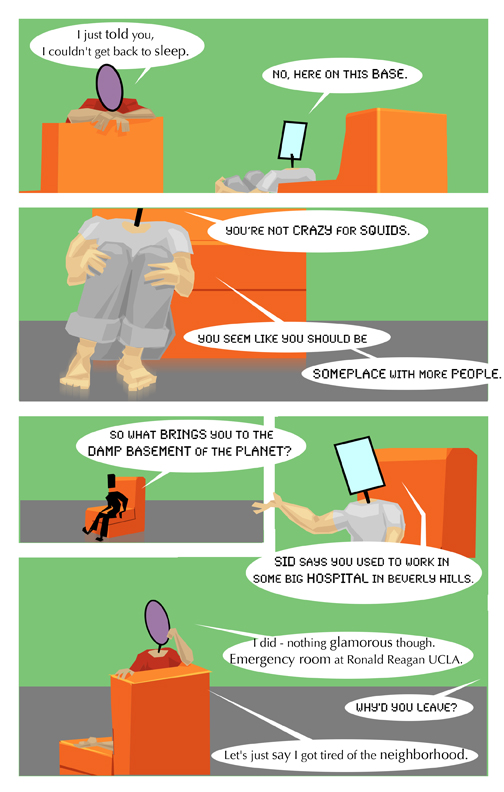Well, possibly not – but Michael Anissimov has a post provocatively titled “Transhumanism Has Already Won”, which argues that most of the central tenets of the movement (if such a fractious meme can fairly be called a movement at all) are already accepted – and in some cases actively desired – by a large portion of the world’s population:
Billions of people around the world would love to upgrade their bodies, extend their youth, and amplify their powers of perception, thought, and action with the assistance of safe and tested technologies. The urge to be something more, to go beyond, is the norm rather than the exception.
[…]
The mainstream has embraced transhumanism. A movie about using a brain-computer interface to become what is essentially a transhuman being, Avatar, is the highest-grossing box office hit of all time, pulling in $2.7 billion. This movie was made with hard-core science fiction enthusiasts in mind. About them, James Cameron said, “If I can just get ‘em in the damn theater, the film will act on them in the way it’s supposed to, in terms of taking them on an amazing journey and giving them this rich emotional experience.” A solid SL2 film, becoming the world’s #1 film of all time? It would be hard for the world to give transhumanism a firmer endorsement than that.
I’m not sure how solid an argument the success of an h+-themed movie is in this context, to be honest – though I’ll concede that entertainment media are powerful vectors for new ideas to enter mainstream discourse, even if their portrayal is essentially superficial.
But there’s more, which sees Anissimov explicitly repudiating the elitist devil-take-the-hindmost attitude that tends to be assumed (sometimes erroneously) as the transhumanist default:
When people write an article about a problem, it’s usually because they have a ready-made answer they want to sell you. But sometimes the universe just gives us a problem and it has no special obligation to give us an answer. Transhumanity is like that. Whatever answer we come up with may be a little messy, but we have to come up with something, because otherwise the future will play out according to considerations besides global security and harmony. Power asymmetry is not an optional part of the future — it is a mandatory one. There will be entities way more powerful than human. Where will they be born? How will they be made? These questions are not entirely hypothetical — the seeds of their creation are among us now. We have to decide how we want to give birth to the next influx of intelligent species on Earth. The birth of transhumanity will mean the death of humanity, if we are not careful.
Will it be possible for us to keep a sufficiently watchful eye on the privileged and powerful in order to stop them leaving us in the wake of their ascension? Difficult or not (and assuming transhumanism isn’t an unattainable omega point after all, which is another debate entirely), it’s got to be a better option than trying to ban or legislate around the problem.


